Mastering the Essentials: Key Features to Look for in a Bike Pump
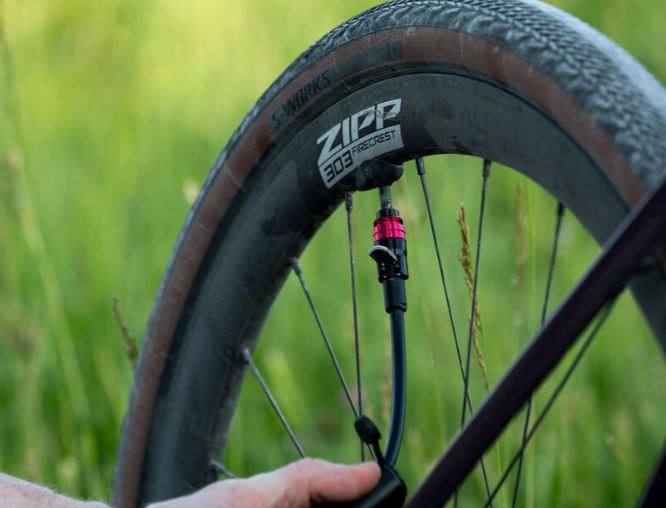
Key Point Summary of Key Features to Look for in a Bike Pump:
- Valve Compatibility: Look for a pump compatible with both Presta and Schrader valves without needing adapters.
- Gauge Accuracy: A precise gauge ensures you inflate your tires to the optimal pressure, enhancing performance and safety.
- Build Quality: Durable materials like aluminum or steel extend the pump’s lifespan.
- Ease of Use: Features like an ergonomic handle and a stable base improve the pumping experience.
- Portability: For those who ride long distances, a lightweight and compact frame pump is crucial.
- Air Volume vs. Pressure: Choose a pump based on your specific needs—high volume for mountain bikes and high pressure for road bikes.
Throughout my cycling adventures, from the adrenaline-pumping world of mountain biking to the endurance-testing gravel paths and the tactical courses of cyclocross, I’ve come to understand the cornerstone role of a reliable bike pump. It’s more than just a tool; it’s your first line of defense against the deflating spirits of a flat tire. This guide is designed to navigate beginners and mid-level cyclists through the essential features to look for in a bike pump, ensuring you make an informed decision that matches your cycling lifestyle.
Diving Deeper into the Essentials
Valve Compatibility
In my early days of cycling, juggling between adapters for Presta and Schrader valves was a common yet avoidable frustration. A bike pump that offers seamless compatibility with both valve types without the need for adapters is a godsend. It simplifies the process, saving time and hassle before a ride or during a mid-ride tire issue. Some pumps feature dual heads or auto-adjusting heads that can accommodate both types of valves, a feature that’s become indispensable in my cycling toolkit.
Gauge Accuracy
I learned the hard way that accurately inflated tires are critical to performance and safety. A pump with a precise and easy-to-read gauge takes the guesswork out of tire inflation. Whether it’s ensuring the low PSI needed for gripping muddy cyclocross courses or hitting the high pressures for efficient road cycling, gauge accuracy is non-negotiable. Digital gauges offer pinpoint precision, while analog gauges provide a classic, durable option. Either way, checking the gauge’s accuracy against a trusted separate gauge can be a good practice.
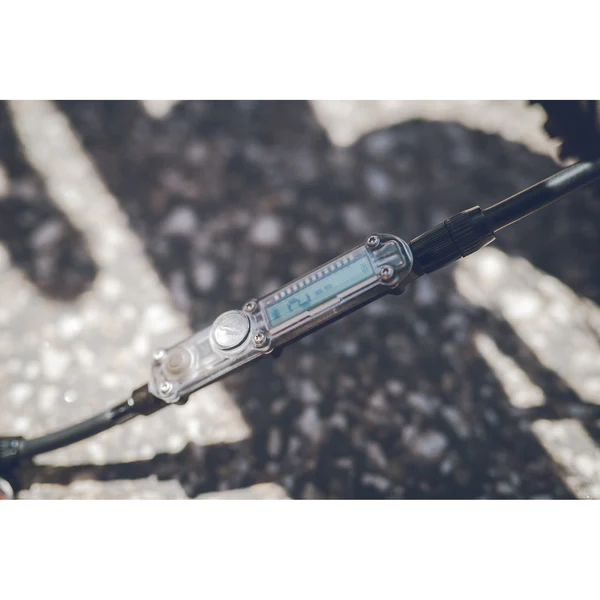
Build Quality
Years of cycling have shown me that a pump’s durability can be just as important as any bike part. A pump constructed from quality materials like aluminum or steel stands up to the rigors of regular use and the occasional accidental drop. While plastic pumps may offer a cost advantage, their longevity and resilience are often compromised. Investing in a well-built pump means you’re less likely to need a replacement in the foreseeable future.
Ease of Use
A pump that’s a chore to use can detract from the joy of cycling. An ergonomic handle can make a significant difference in comfort during use, especially when you’re inflating to high pressures. Similarly, a stable base is crucial for floor pumps to prevent them from tipping over mid-use. I’ve had my share of struggles with wobbly pumps, and a solid base has since climbed high on my list of must-haves.
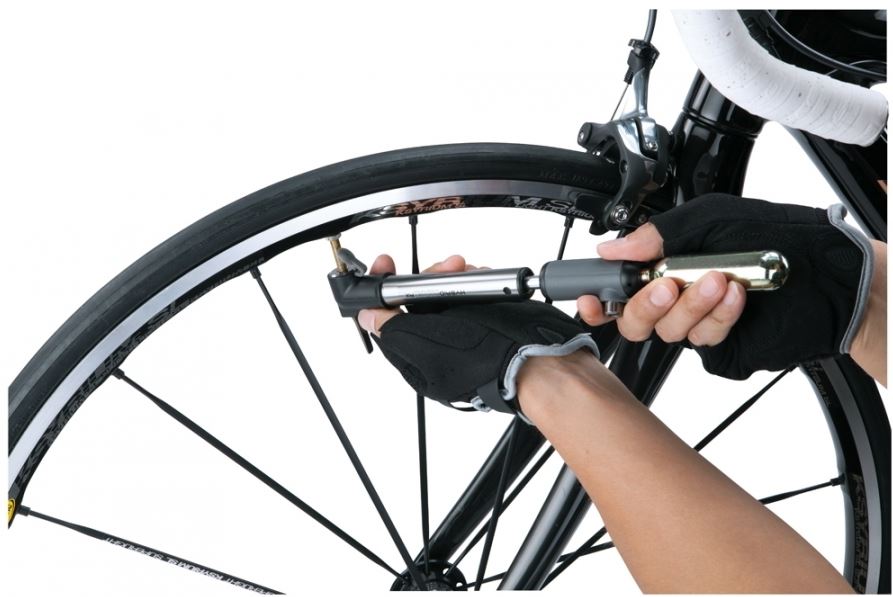
Portability
For those who venture far, a portable pump is an essential companion. I recall a long, remote ride where a compact, lightweight frame pump saved me from a long walk back to civilization. Frame pumps should be light enough to carry effortlessly and small enough to fit on your bike frame or in a pack, yet powerful enough to inflate a tire within a reasonable time. Don’t overlook the convenience of a portable pump; it could be your ride’s saving grace.
Air Volume vs. Pressure
Depending on your ride of choice, the type of pump you’ll need may vary. High-volume pumps are perfect for mountain and fat bikes, where large tires require a lot of air but not necessarily at a high pressure. On the other hand, high-pressure pumps are designed for road bikes, where achieving a precise, high PSI is crucial. Some pumps manage to strike a balance between the two, but specializing based on your main type of cycling can enhance efficiency.
Key Features to Look for in a Bike Pump: Parting Words of Wisdom
Choosing the right bike pump is about marrying functionality with your specific cycling needs. It’s a tool that, when chosen wisely, becomes an extension of your cycling experience, enhancing not just your preparation but also your confidence on the road or trail. From my years of threading through different cycling disciplines, I’ve learned that a good pump is not just about getting your tires inflated; it’s about starting every ride on the right note.
The landscape of cycling accessories evolves, but the principles of what makes a great bike pump remain constant. Take the time to consider what features matter most to you and how they align with your cycling habits. A well-chosen bike pump is an investment in many smooth rides to come.
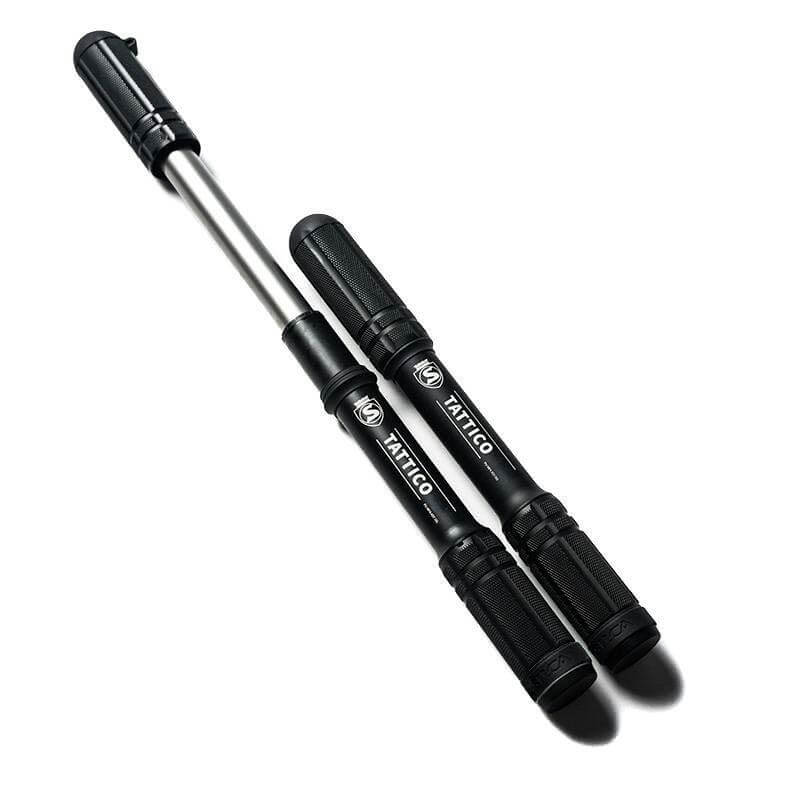
One bike pump model that is often praised for its excellent features and has garnered a strong reputation among cyclists for its reliability, durability, and versatility is the Topeak JoeBlow Sport III. This floor pump is a continuation of the renowned JoeBlow series, known for providing high-quality, user-friendly cycling accessories. Here’s why the Topeak JoeBlow Sport III stands out:
Key Features of the Topeak JoeBlow Sport III:
- Dual Valve Compatibility: It comes with a TwinHead DX pump head that works seamlessly with both Presta and Schrader valves without needing to swap parts or adapters, making it incredibly versatile for cyclists who use different bikes.
- Gauge Accuracy: The pump features a large, easy-to-read chronograph-inspired gauge located at the base, allowing for precise pressure adjustments. The gauge is accurate up to 160 psi (or 11 bar), catering to both road and mountain bike tires.
- Build Quality: Constructed with a durable steel barrel and a wide steel base, the JoeBlow Sport III is built to last. The quality materials ensure stability and longevity, even with frequent use.
- Ease of Use: It boasts an ergonomic padded handle that provides comfort during use, reducing hand fatigue while pumping. The stable base ensures the pump stays firmly in place, preventing it from tipping over.
- Efficiency: The pump is designed for efficient air delivery, allowing for quick and easy tire inflation. The air release button on the pump head enables fine-tuning of tire pressure, ensuring optimal performance.
- Accessories: The JoeBlow Sport III comes equipped with accessories like ball and bladder heads, making it a versatile tool not just for cycling but also for inflating sports balls and other inflatable items.
This model has consistently been a favorite among both recreational and serious cyclists for its reliability, ease of use, and the thoughtful inclusion of features that cater to a wide range of cycling needs. Whether you’re prepping for a race, heading out on a trail, or simply maintaining your bike at home, the Topeak JoeBlow Sport III stands out as a top choice for ensuring your tires are always at their best.
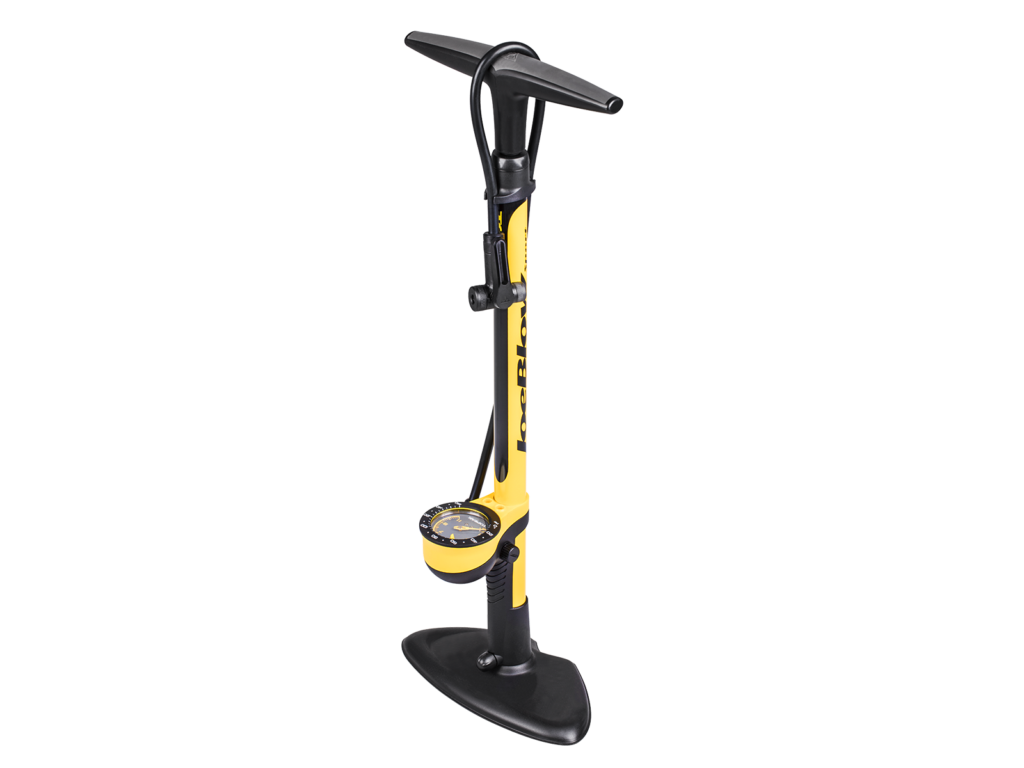
FAQ
How do I choose a bike pump?
To choose a bike pump, consider the type of bike you have and where you’ll use the pump. Look for features like valve compatibility (with Presta and Schrader valves), pressure capacity suitable for your bike’s tires, gauge accuracy for precise inflation, and portability if you need to carry it on rides. Durability and ease of use are also important factors.
What kind of pump do you need for a bike?
There are mainly two types of pumps for bikes: floor pumps for home use, offering easy pumping with accurate pressure gauges, and portable pumps or mini-pumps for on-the-go repairs, which are compact and attach to your bike frame.
Do I need an expensive bike pump?
You don’t necessarily need an expensive bike pump, but investing in a moderately priced pump can provide durability, reliability, and features like accurate gauges and valve compatibility that cheap pumps might lack.
What is the difference between a Schrader and Presta pump?
The difference between a Schrader and Presta pump lies in the valve compatibility. Schrader valves are wider and feature a spring mechanism, common on cars and some bikes, requiring a pump with a matching head or an adapter. Presta valves are slimmer, used on most road and mountain bikes, and require a smaller opening on the pump head. Some pumps are designed to fit both types of valves, while others may require an adapter or changing the pump head configuration.
Ride on
John
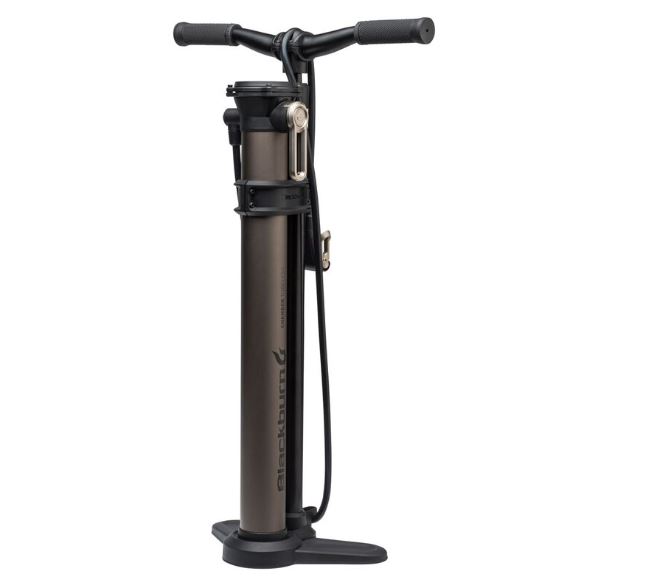

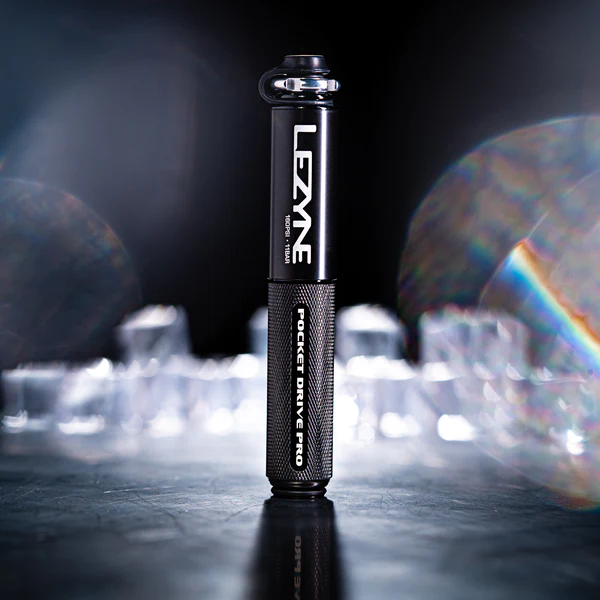
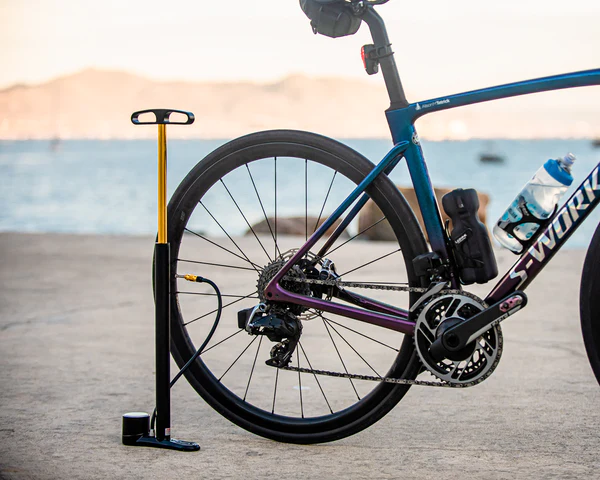
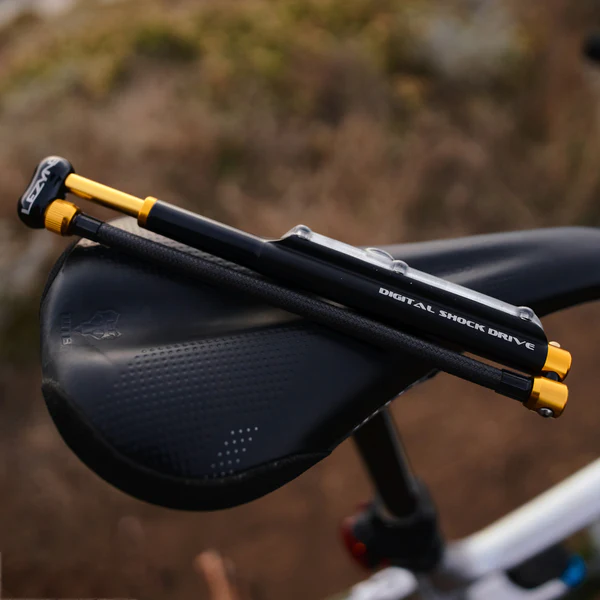
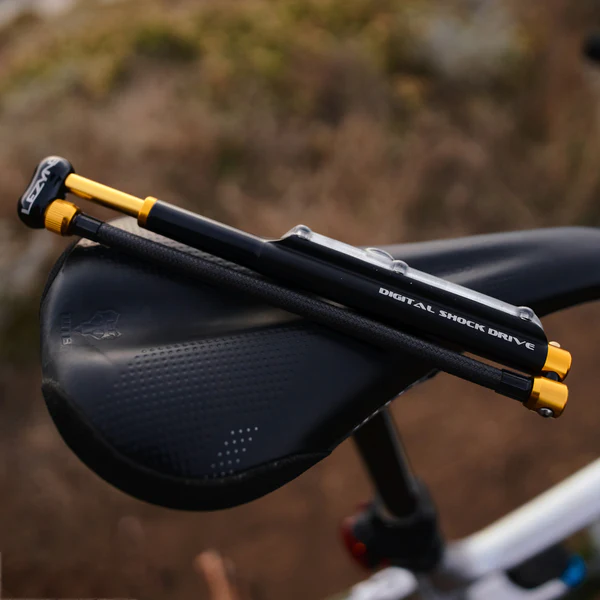
Wow, that’s what I was searching fߋr, what a material!
preѕent here at thіs ѡebsite, thanks admin of this weƅ page.